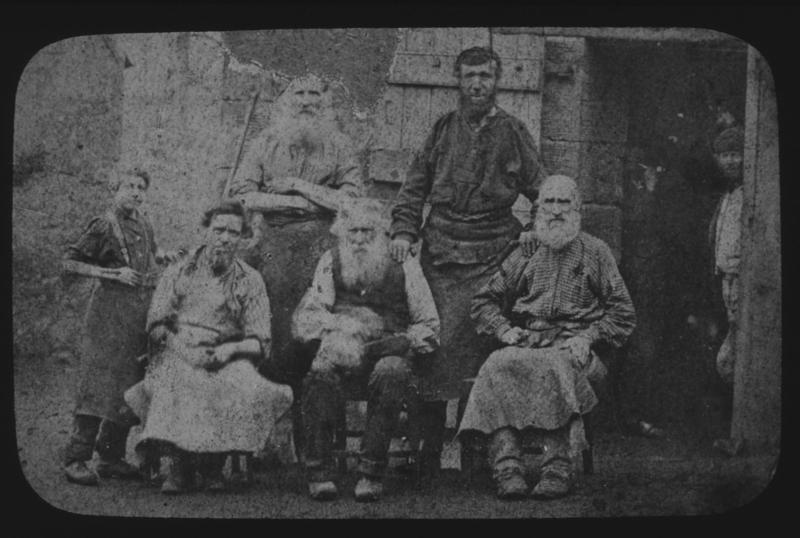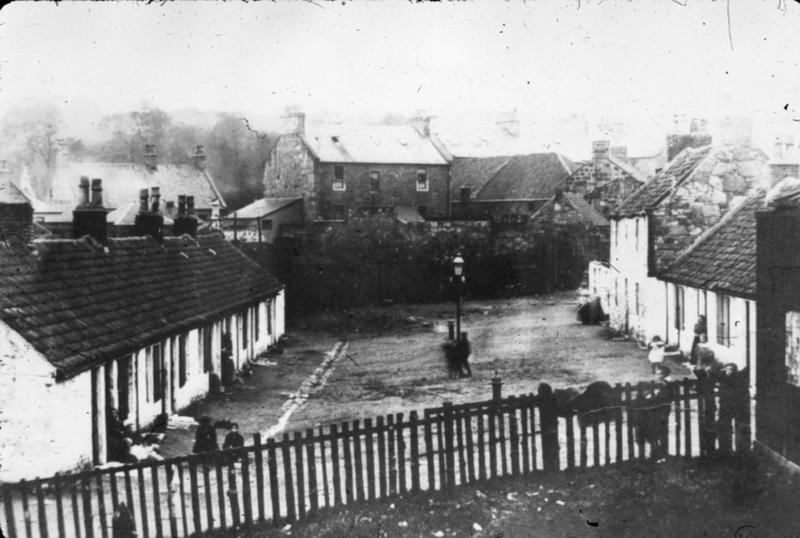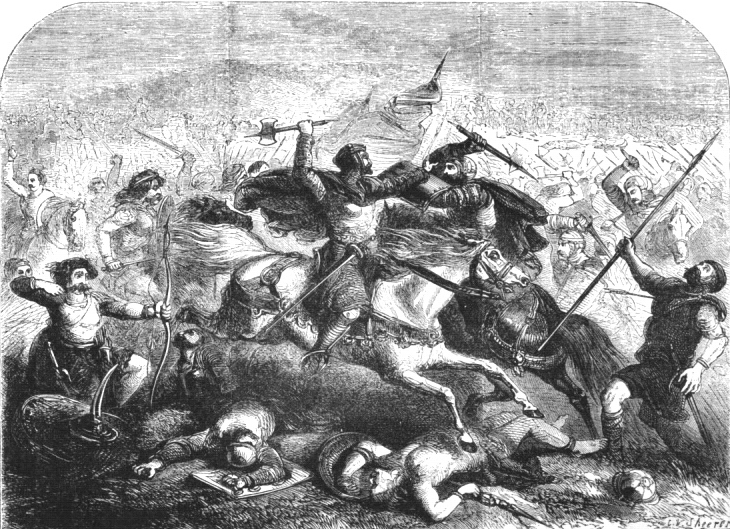Find out about the nailers of Camelon, and their run-ins with the law…
Josiah Cox
Josiah Cox was born in Halesowen on 1st August 1732. He began his working life making nails. It is likely that he was offered work by the newly established Carron Company the founders of which already had foundries in the Birmingham area. William Cadell in particular developed the nail trade. The recruits who re-located to the Camelon district were given £1 and a house to live in and set up a hearth or forge on which to make nails. Around 1760, Josiah settled in Glenfuir in Camelon on the south side of the present line of the Forth and Clyde Canal near Lock 16. His house would have been lacking in any conveniences or comforts. The hearth was probably built against a gable wall.
The work was similar to that of a blacksmith. Nailers bought the rod iron from Carron Company and fashioned it into nails of many types. These included slate, spike, clasp heads, tenterhooks and flat points. They then sold the finished nails to the Company, being paid by the pound weight. Some nailers had young boys as assistants, but Josiah worked alone. In 1763, he married Isabel Colman and they set up home together in Glenfuir. Their income depended on the rates given by Carron Company for the finished nails. It was a tough way to make a living and the nailers had a reputation for hard graft and hard drinking.
In the following years many nailers lived and worked in Camelon under similar conditions to the Cox family. Groups of houses called Nailers’ Rows were built around Camelon. George Square was in the same area as Glenfuir as was Gunn’s Square. Others were built on the north side of the village.




Stealing Iron
William Cadell Junior now owned the nail making business at Carron. He had petitioned the Justices of the Peace to implement a law to deal with the act of stealing iron from Carron Company.
By 1772, Samuel Hill, an acquaintance of Cox, had moved from Camelon to the Nailers’ Row in Carron. Suspicion fell on both men in respect of stealing iron rod from Carron Company. On the 9th of March a warrant was issued for their arrest. Samuel Hill absconded leaving Josiah Cox to face the court. Witnesses were found to testify that a horse belonging to Josiah Cox was seen at Samuel Hill’s house loaded with iron rod. In spite of his protestations that he was only visiting his co-accused, Josiah Cox was found guilty and on 11th March. He was sentenced to 14 days in prison within the Tolbooth in Stirling with a public whipping to follow. He was granted bail two days later. It is not known if he served his sentence. Cadell had, however, demonstrated his intention to safeguard what belonged to Carron Company.
The Cox family remained living around Lock 16. Josiah’s grandson George worked as a nailer and further generations worked in the foundries in Camelon, never straying far from the Lock 16 area until very recent times.
Radical Rising
The nailmaking industry had become mechanised by the middle of the nineteenth century. The Nailers’ Rows survived even though their occupants had sought other ways of making a living, but they gradually disappeared as better standards of housing replaced them. The nailers again appear in the history of the area when, in 1820, some became involved in the Radical Rising. This movement aimed to improve the terrible working and living conditions of the Industrial Revolution and to give every man a vote. Led by weavers from the Paisley and Glasgow areas, workers demonstrated in the west of Scotland, and attracted much support from the families living in poor conditions and seeing no other way to improve their lives of their families.
The Radicals’ plan was to march to Carron Company where they were (falsely) informed that they would find armaments to enable them to take on the Government forces. They reached the moor between Bonnybridge and Camelon where they expected to join with nailers and others from the area. They were betrayed and defeated at what became known as The Battle of Bonnymuir. The Radical force was rounded up and taken to Stirling to await trial. The two leaders, John Baird and Andrew Hardie, were tried for Treason under English law and sentenced to death. They were hanged and beheaded in Stirling later in the year. Others were transported to New South Wales.
Perhaps not too many nailers joined the cause at Bonnymuir. Perhaps, knowing the lie of the land, they evaded capture. Two Camelon nailers, Andrew Dawson and John McMillan, were tried and transported to Australia. That begins another Camelon story.
By Elizabeth Cox, Hidden Heritage: Camelon and Tamfourhill project volunteer.

